Donald Campbell's Bluebird on Lake Eyre: a swansong for speed
In 1964 Donald Campbell took Bluebird CN7 to Australia’s Lake Eyre. It would prove a historic venture and now a new cache of photographs from a team member offers a rare insight into a triumph that marked the end of a golden era
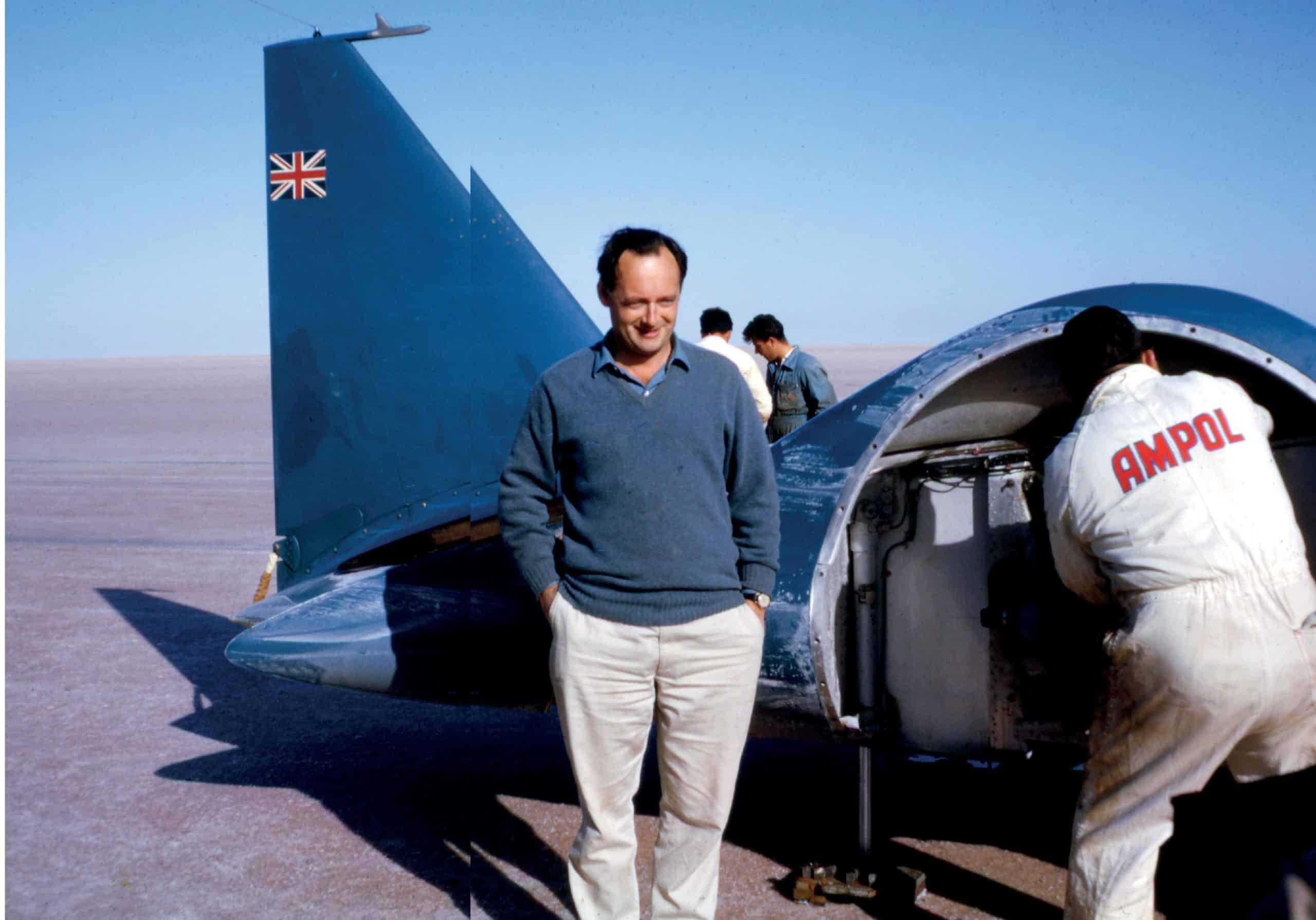
Success – but it was bittersweet. By 1964 Donald Campbell had battled accident, injury, weather, and increasing public criticism in his fraught quest for the Land Speed Record. He saw it as a feather in Britain’s technological cap, but public interest was waning and it was an increasing struggle.
These pictures, from a collection of 93 newly donated to the National Motor Museum’s photo archive, were taken by a team member during the ultimately triumphant attempt when Bluebird CN7 recorded 403.10mph over the measured mile across Lake Eyre, South Australia. But a poor salt surface, a shorter than desired course and tyre problems held back the 4WD machine which had been designed for speeds nearer 500mph. Nevertheless it was a new record, and 200,000 people turned out to watch him drive the car through the streets of Adelaide afterwards. Meanwhile the FIA had decided that jet-powered vehicles would now qualify for the LSR; this would be the last outright record set by a wheel-driven car.
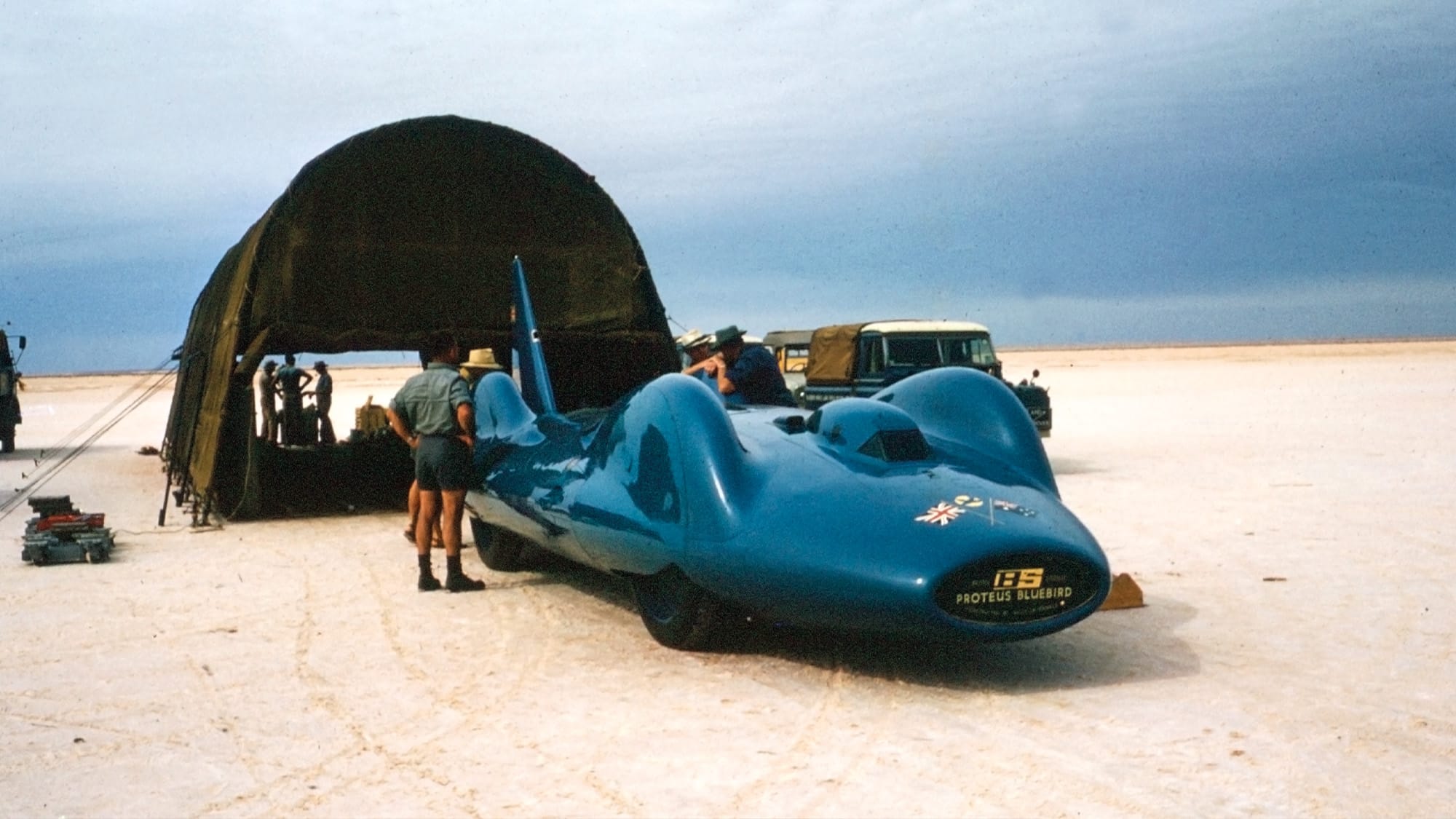
Bearing the twin flags of Great Britain and Australia, Bluebird sits in the sun outside her temporary canvas hangar
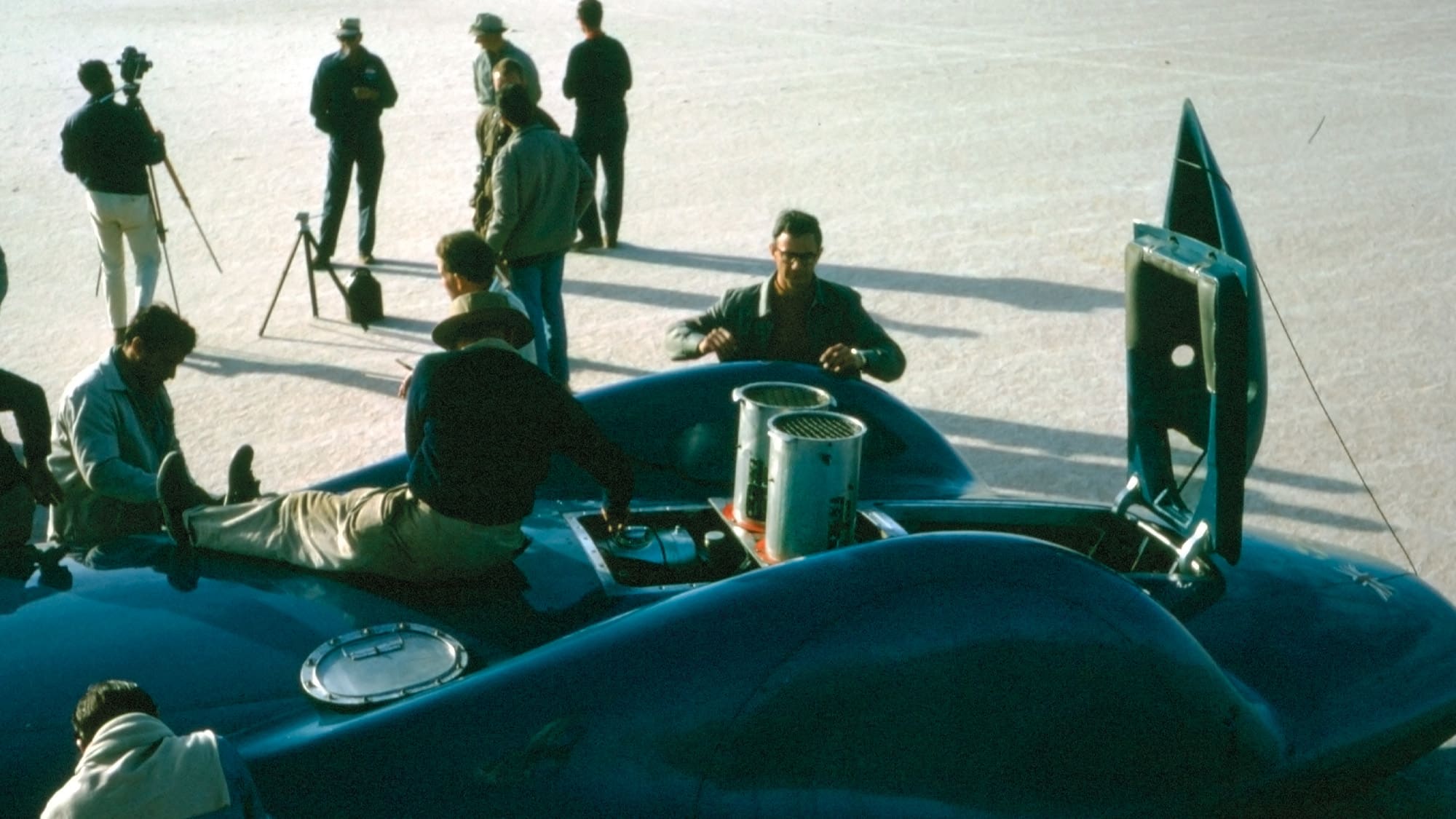
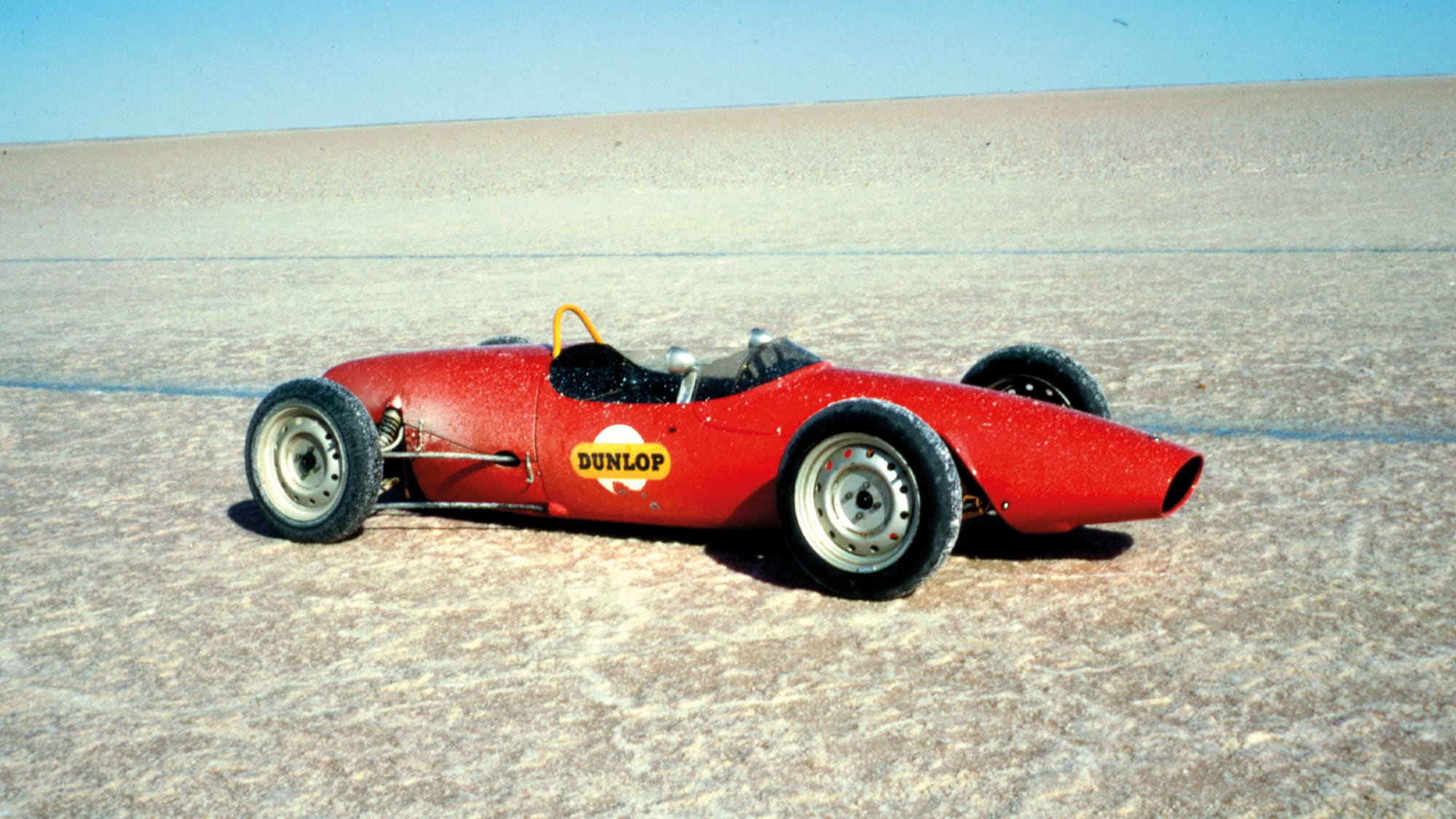
Elfin-Ford used to test the salt’s grip with similar tyres to CN7. Driver Andrew Mustard wanted to be a reserve pilot for Bluebird but was himself a source of friction…
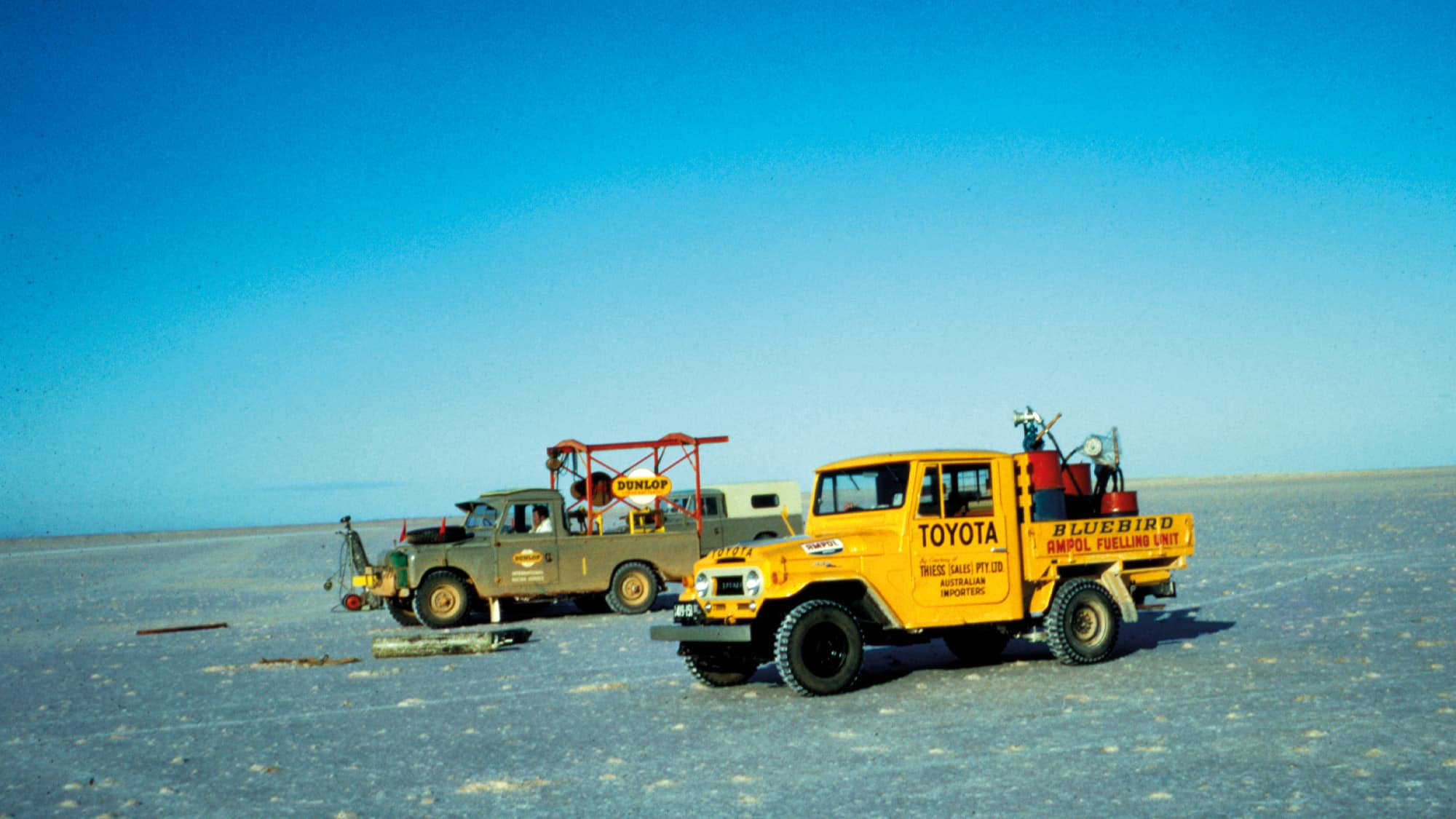
Campbell’s entourage included many anciliary vehicles. The yellow truck is the mobile refueller which attends Bluebird at the turnaround between runs
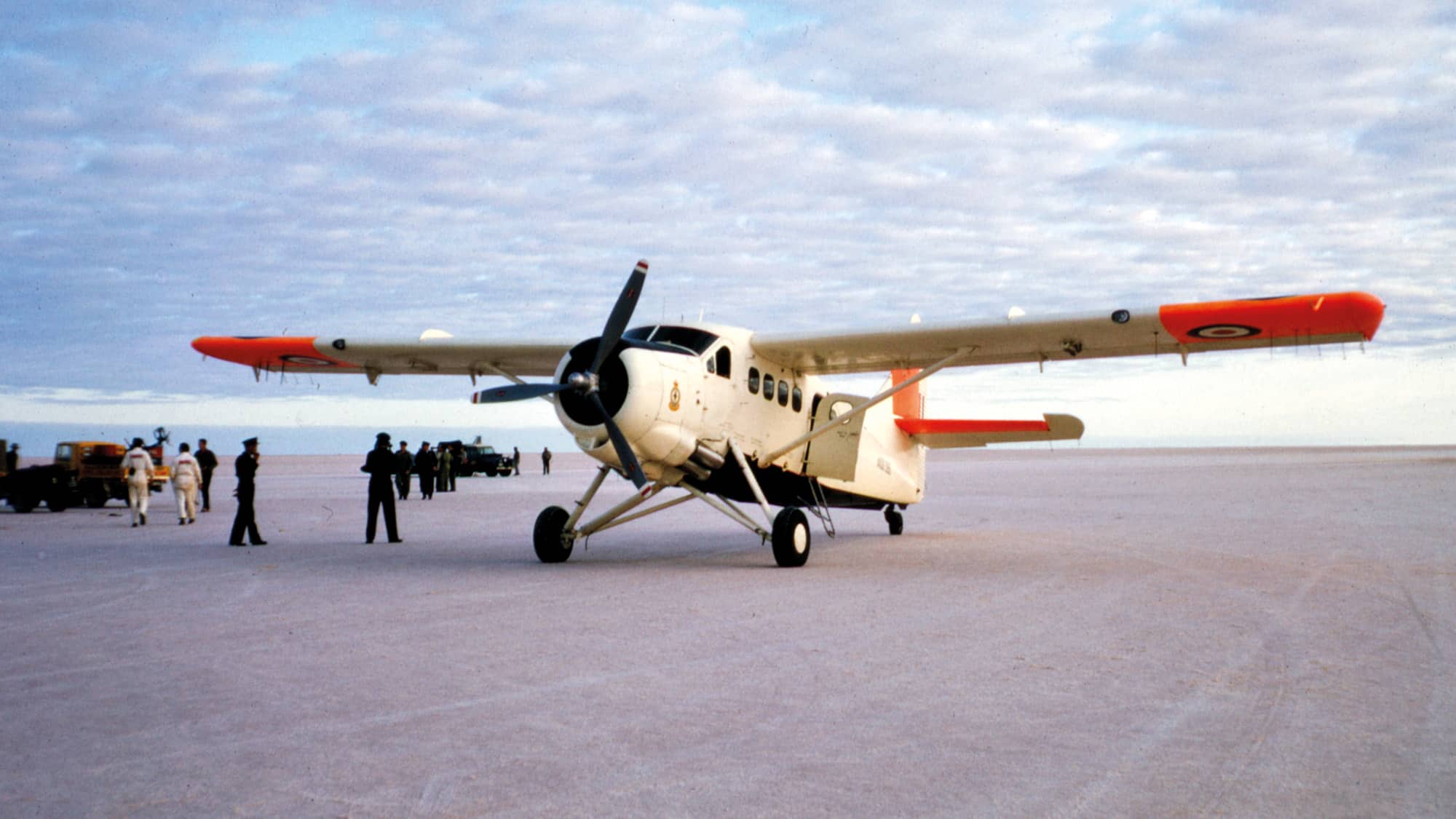
A De Havilland Otter was a faster way to transport personnel and supplies across the barren dry lake than wheeled vehicles
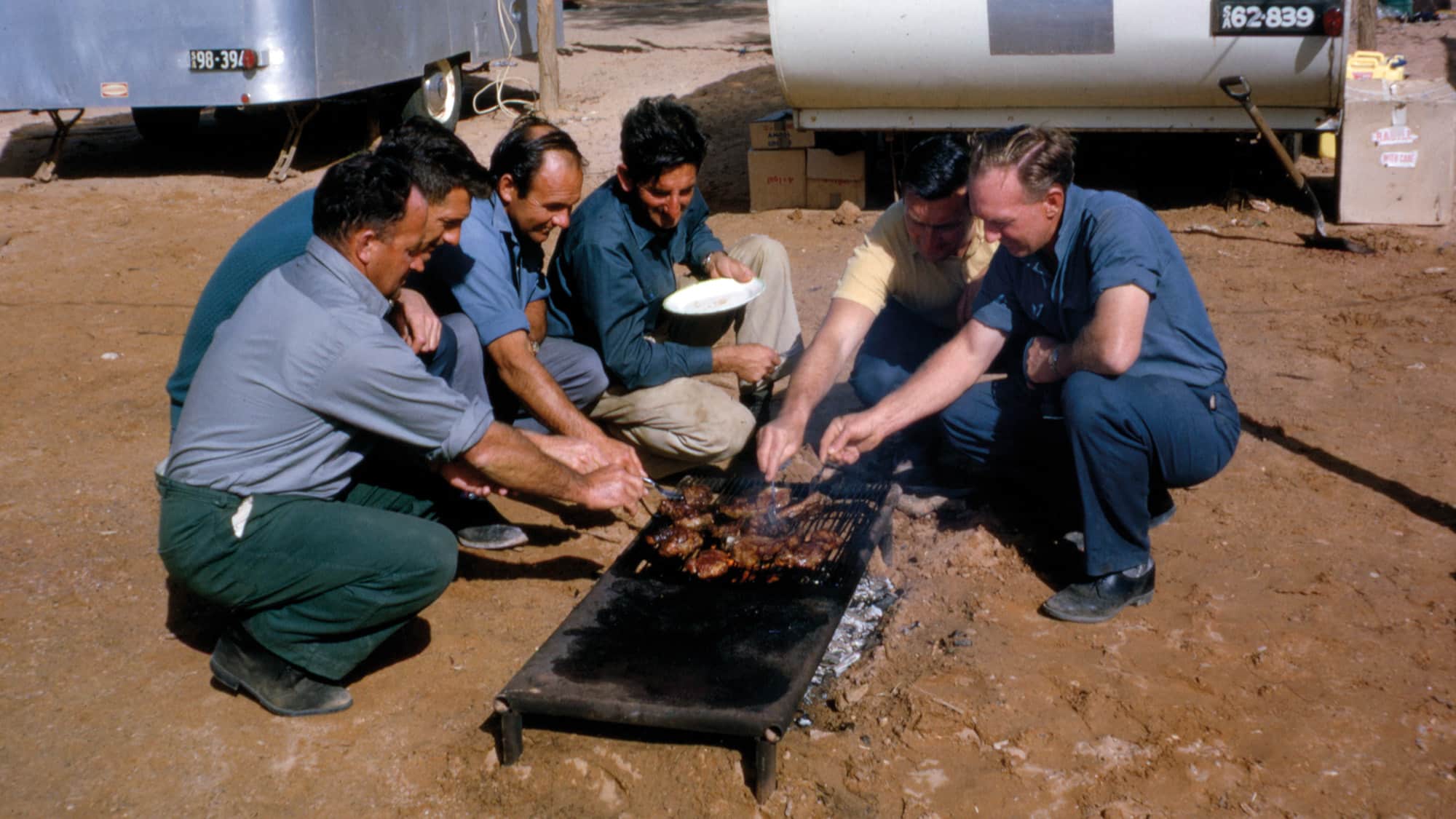
Cookout for men of the local sheep station, whose wives helped Tonia Campbell with catering and washing
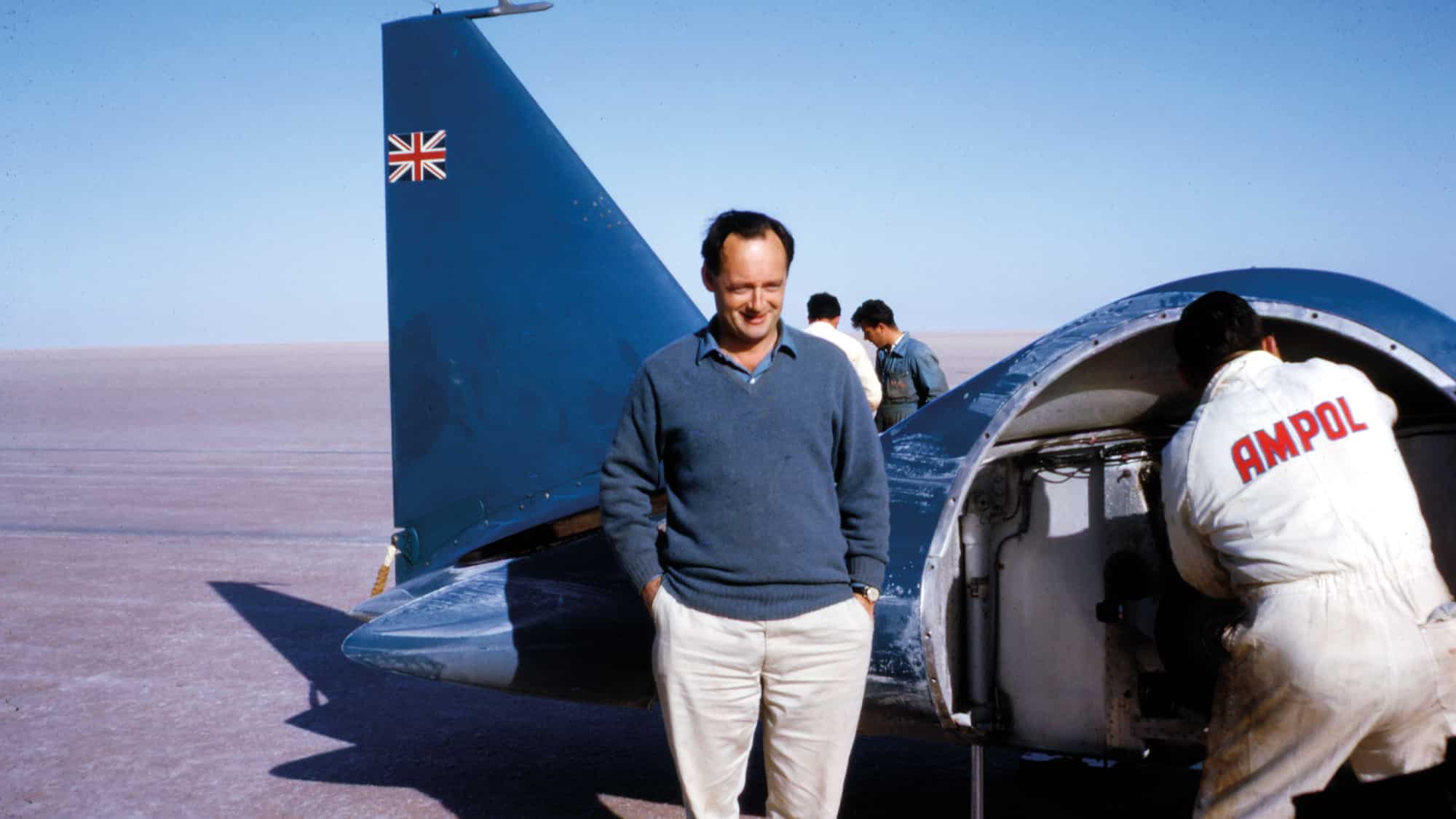
Donald Campbell poses shyly beside his huge gas turbine-powered car with its new stabilising fin, while a mechanic works in the wheelarch of the salt-streaked machine
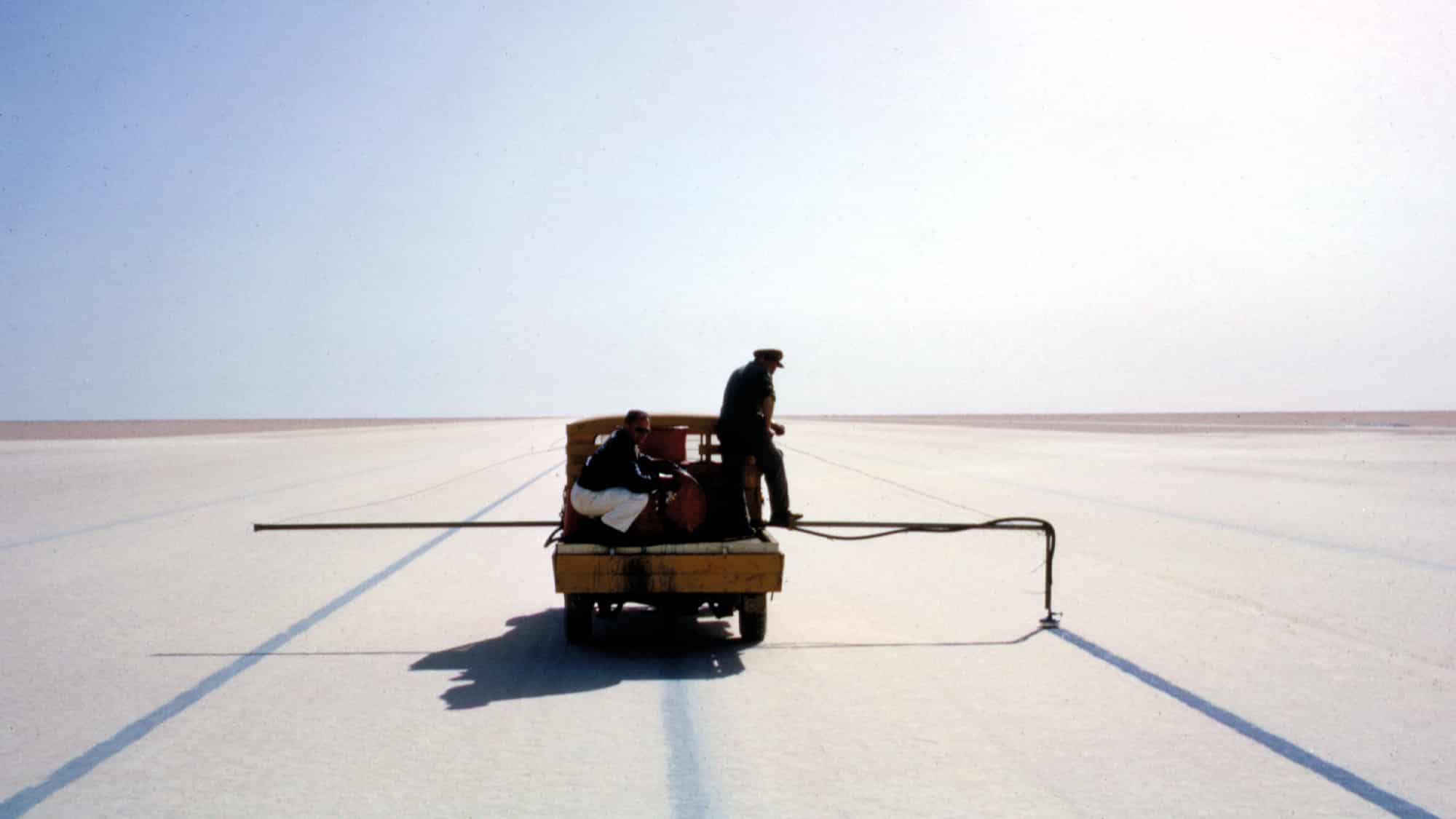
On the salt at 400mph there are no landmarks. Over the dead flat course Campbell has only the straight ribbon of oil marked out by the crew to rely on
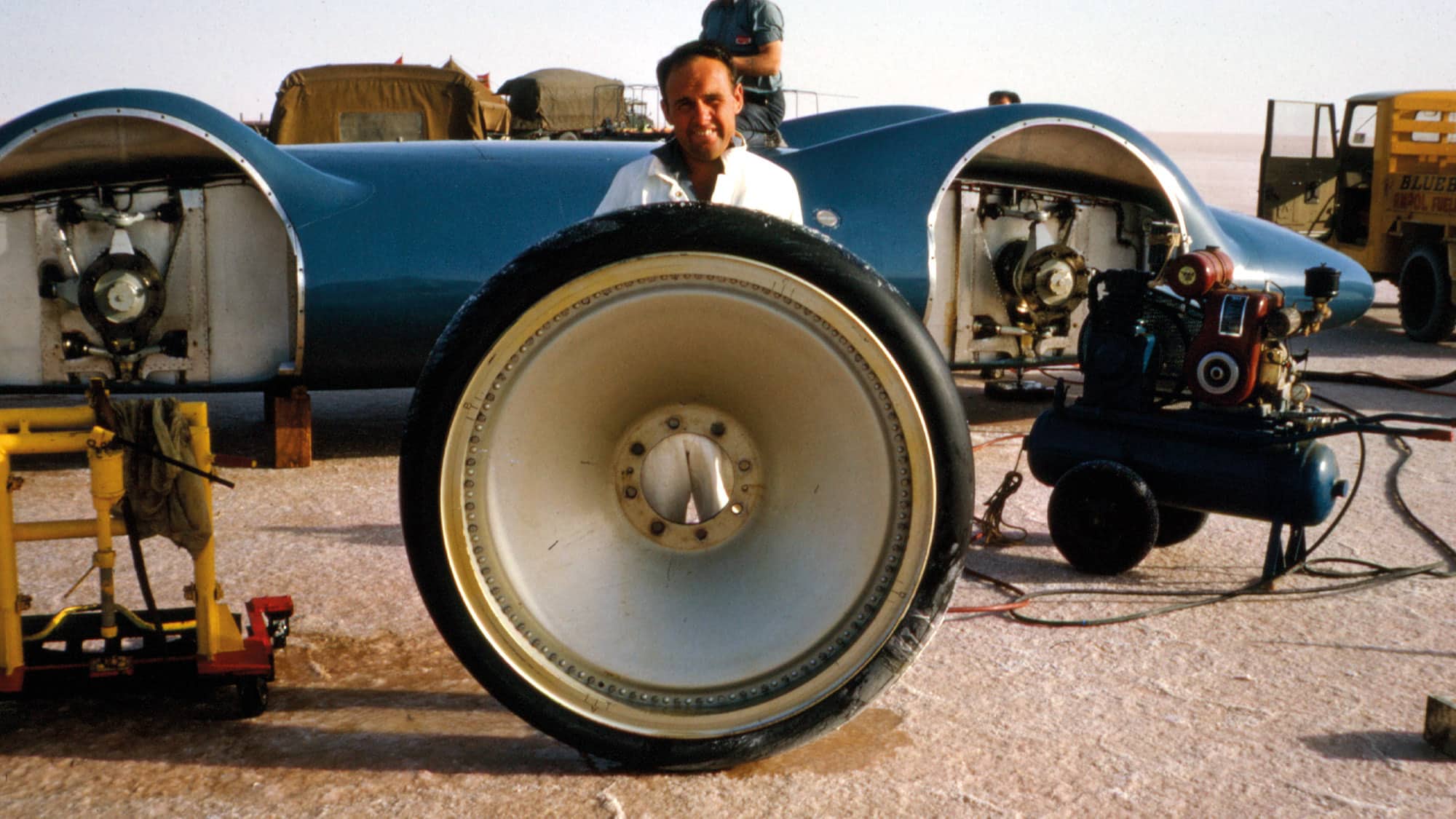
In the high-speed runs the salt’s surface broke up, damaging the treadless Dunlop tyres on their 52in wheels and restricting the speeds achievable
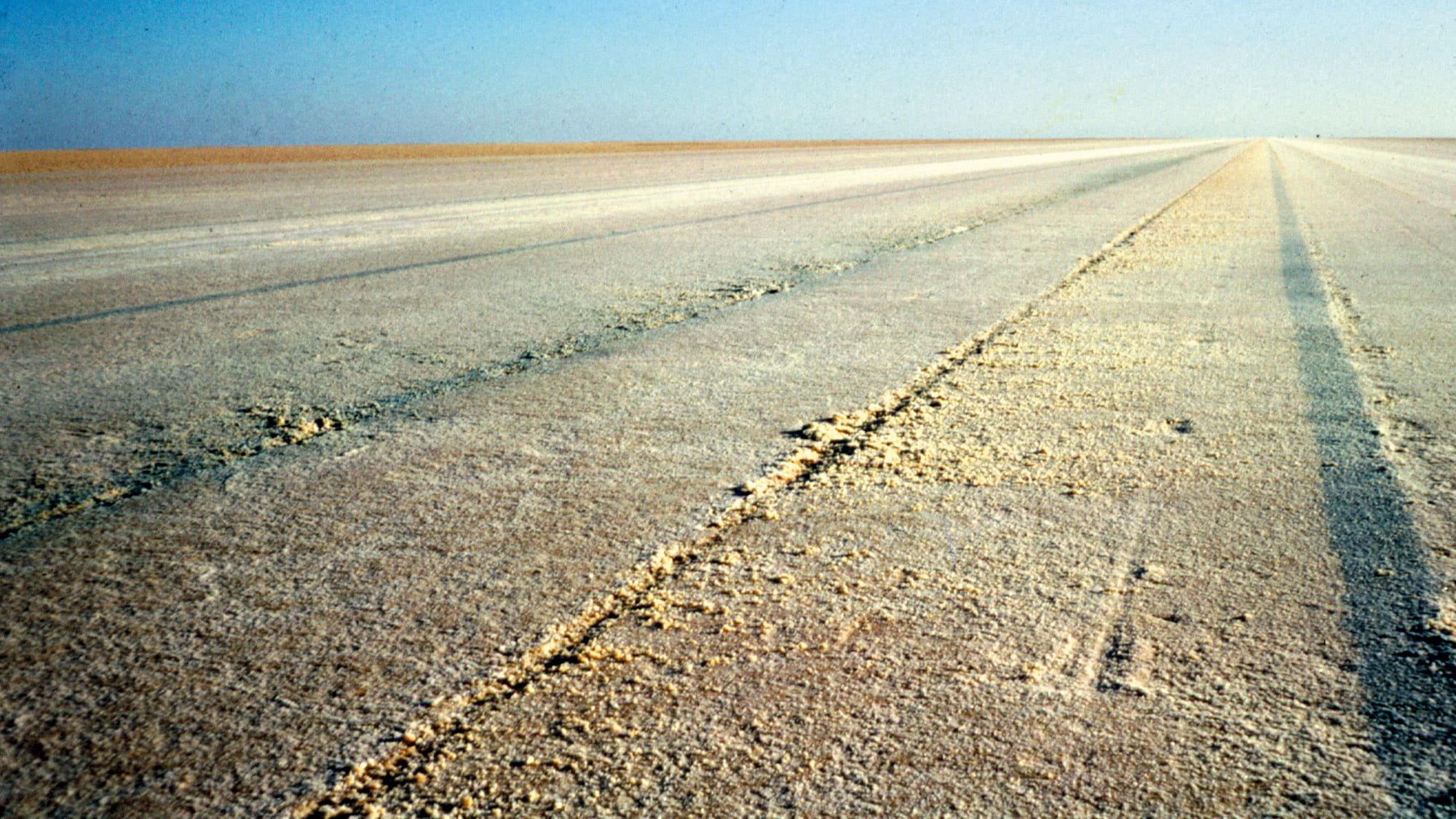
In 1962 the salt had been good; the ’63 attempt was washed out; by ’64 it was still not dry, but was just about useable
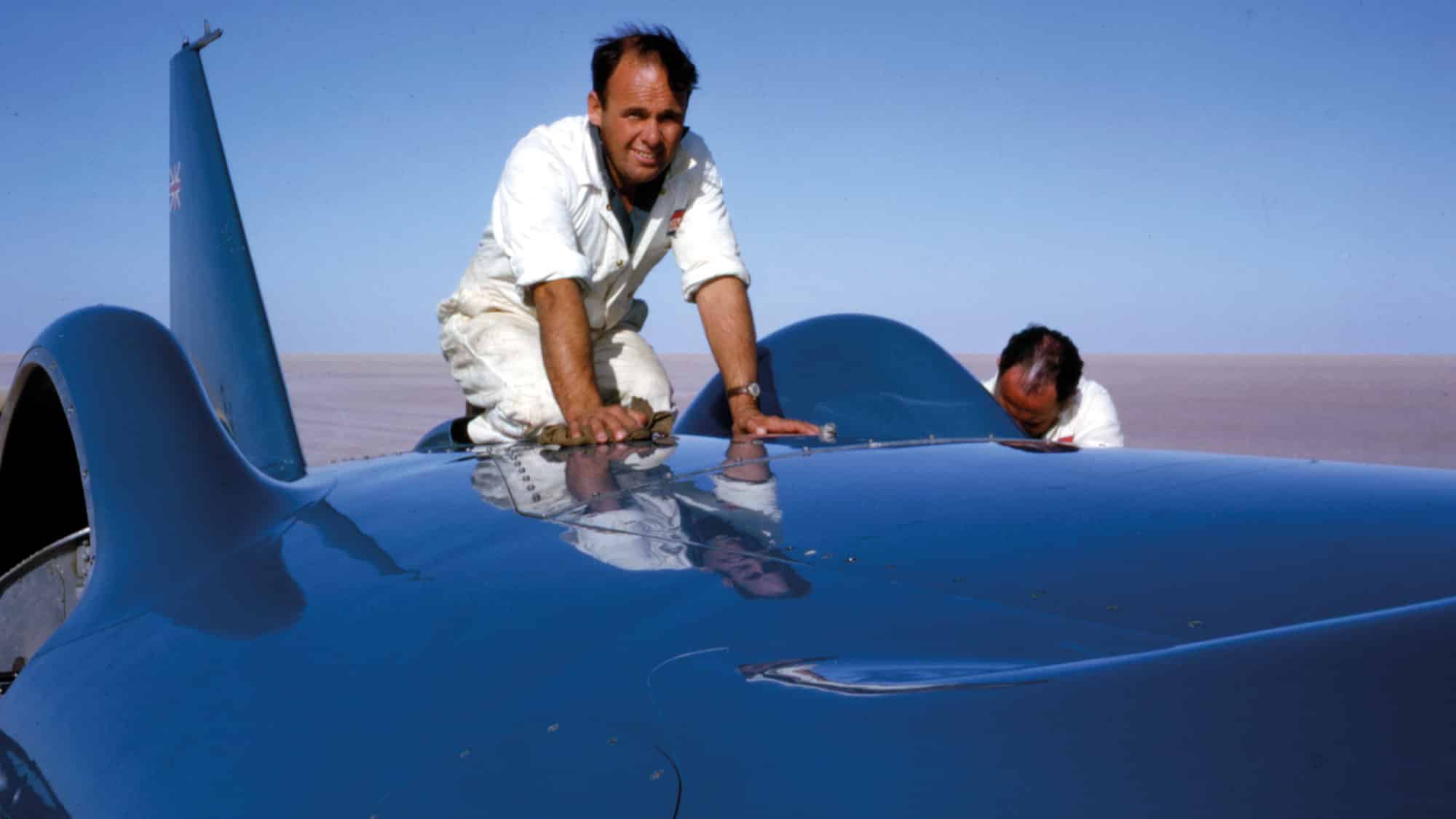
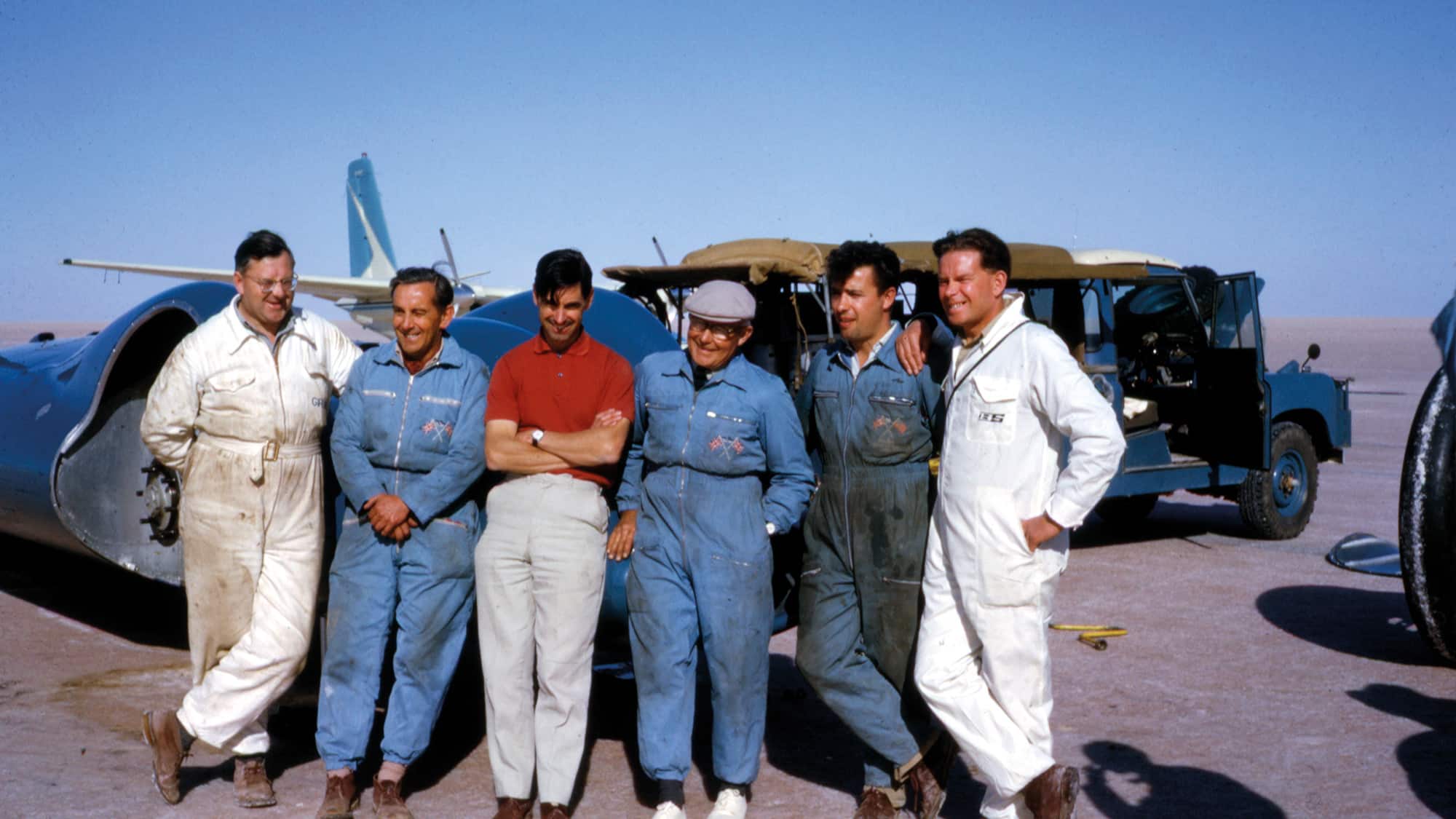
Bluebird’s designer Ken Norris (in red) and long-time Campbell linchpin Leo Villa (in cap) pose between Bristol and Dunlop crewmen
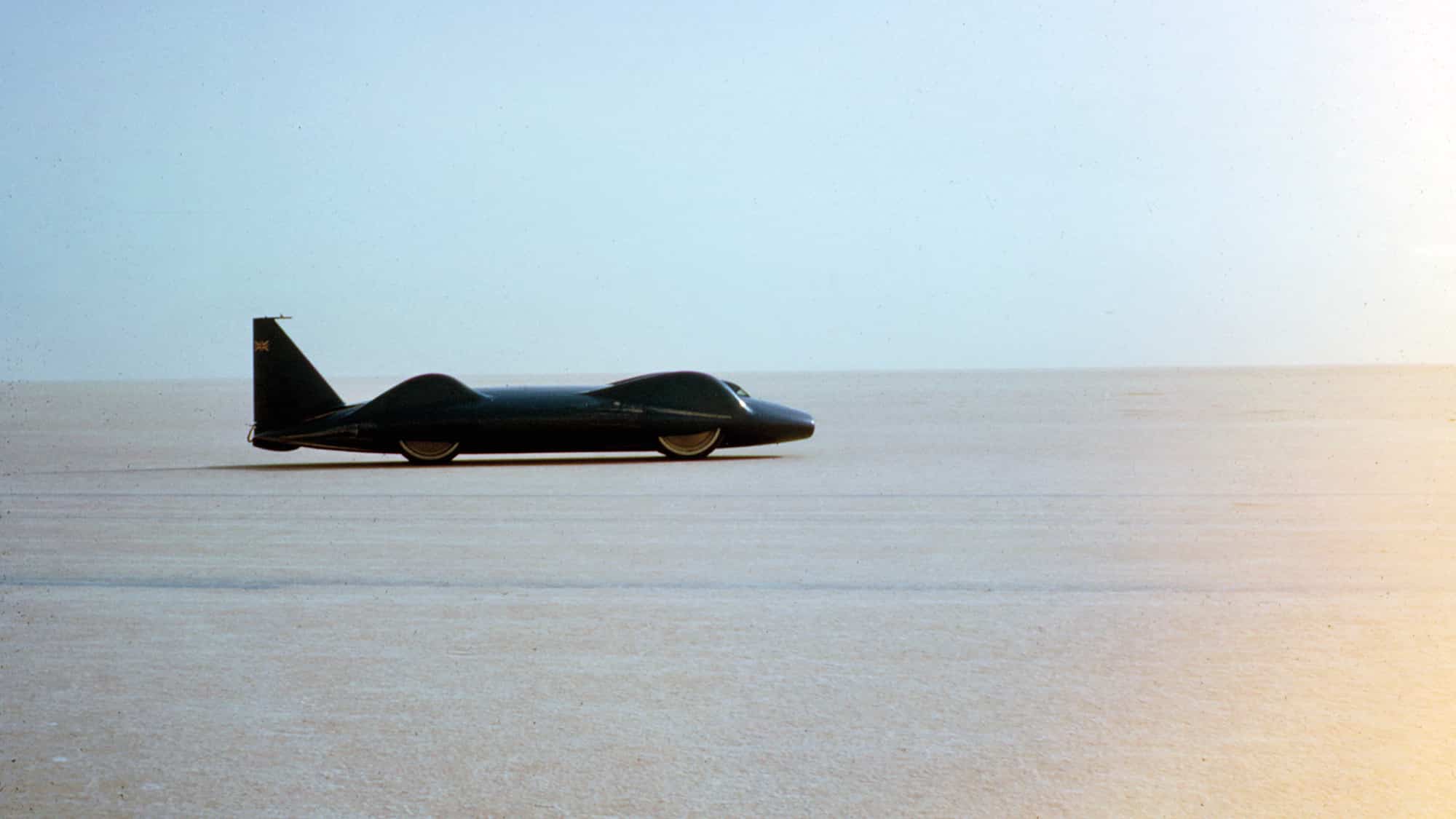
After Campbell’s 360mph crash at Bonneville in 1960, the car was completely rebuilt, with a large stabilising tailfin
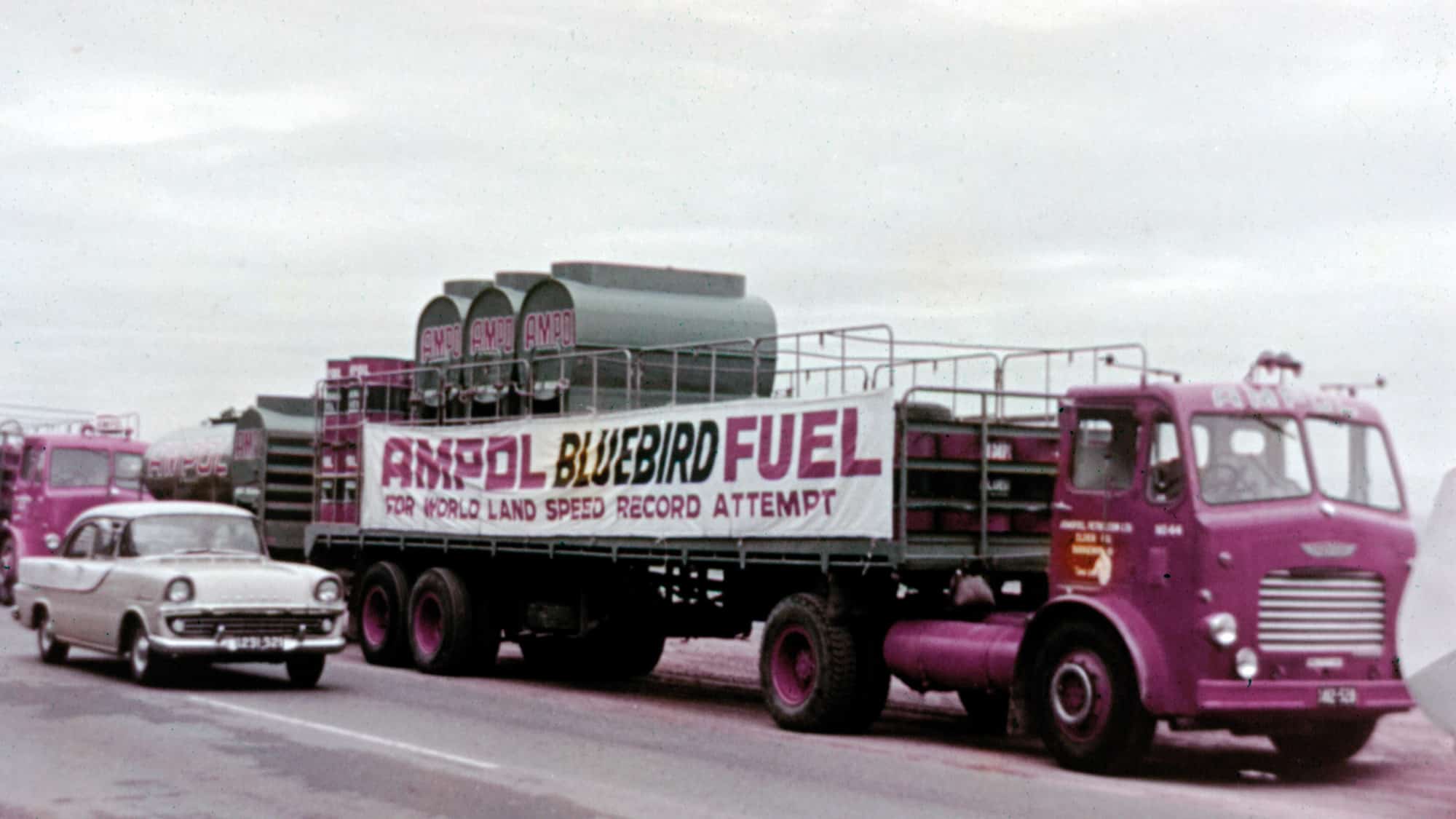
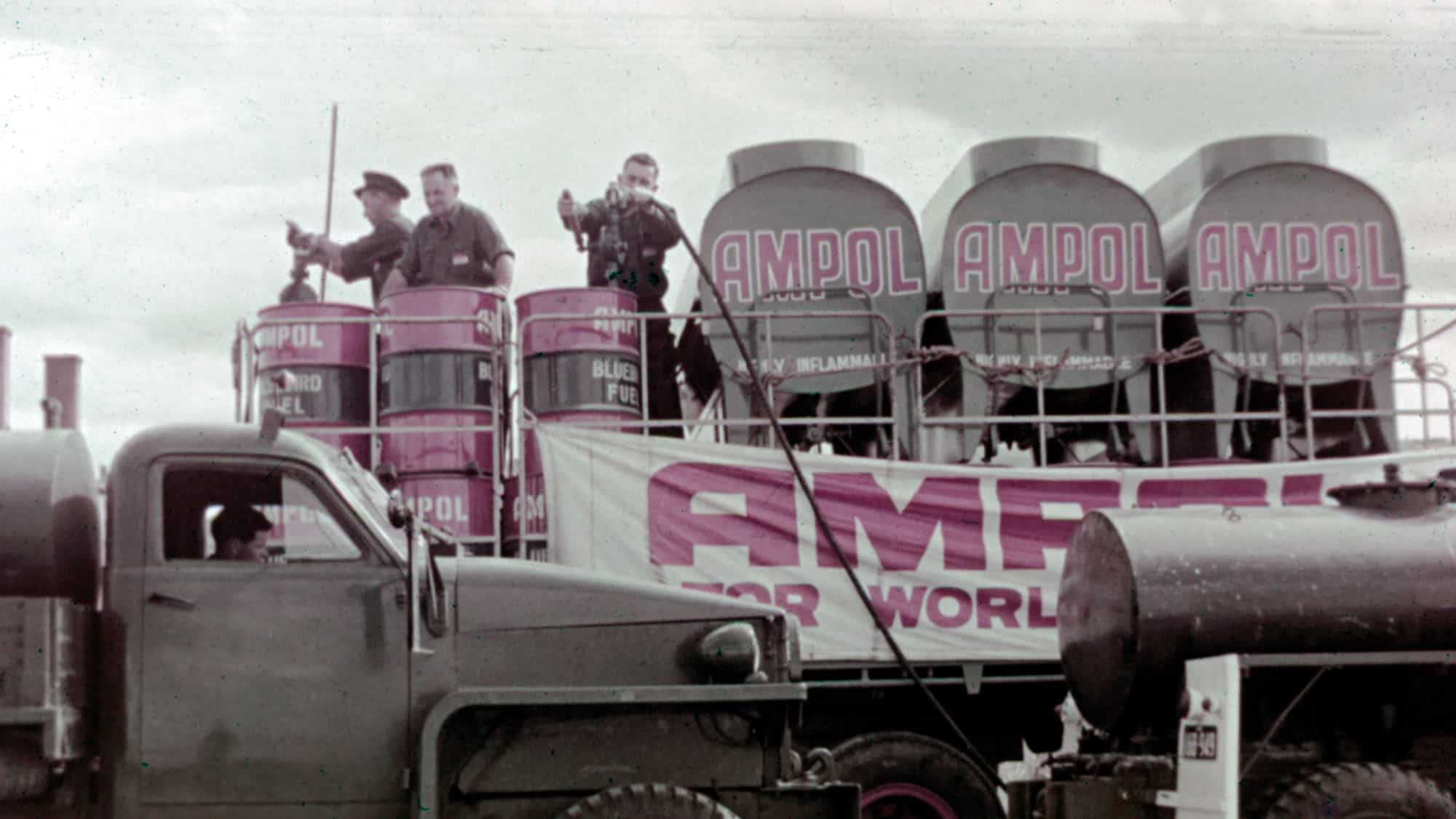
Aviation fuel from sponsor Ampol ready to feed the Proteus turbine.
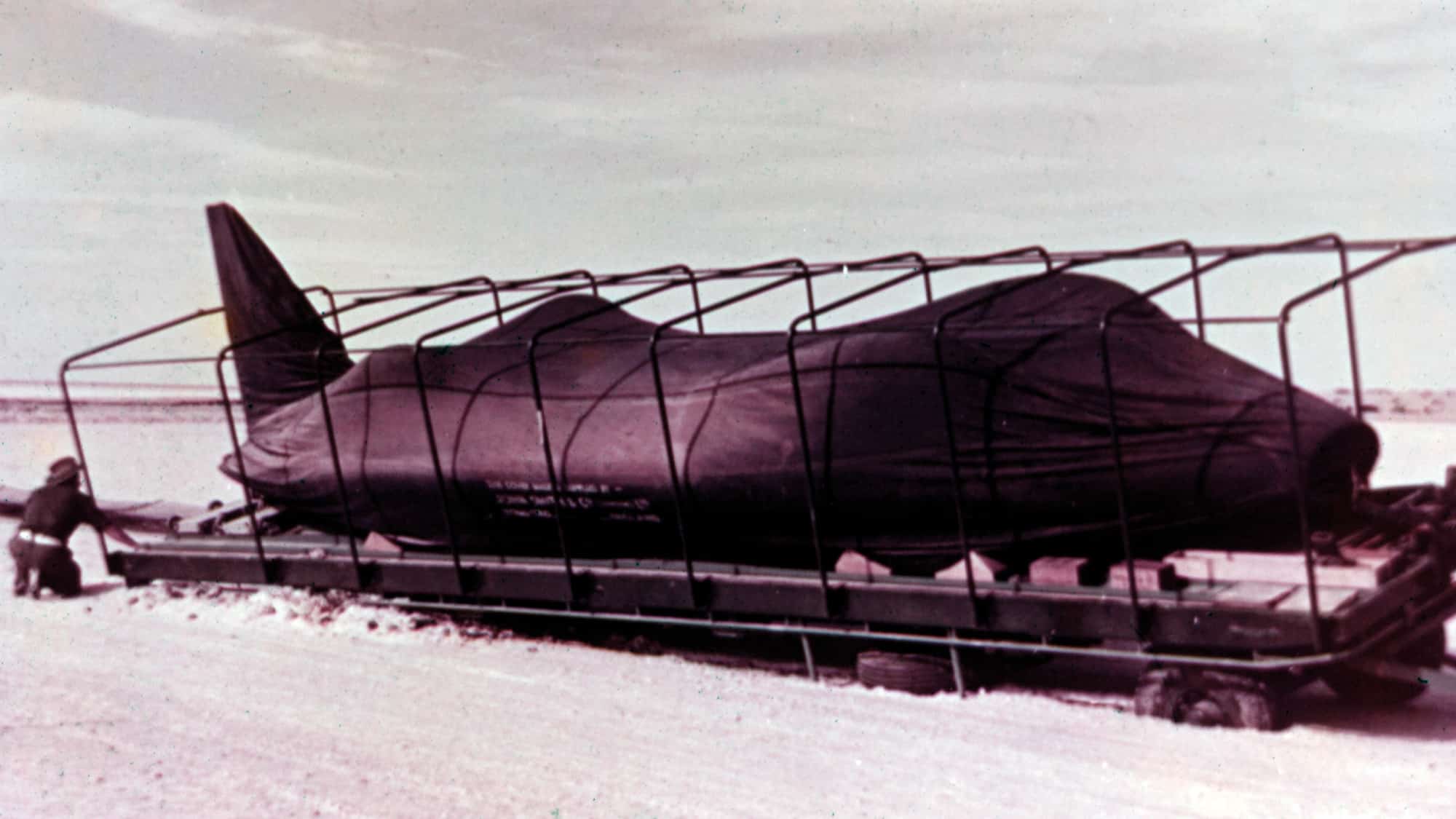
Salt problems: the sheeted car lies askew after the trailer breaks through the fragile surface
But Campbell wasn’t finished with his record-breaking plans. Having shipped his jetpowered hydroplane, Bluebird K7, to Australia, he launched it on Lake Dumbleyung, eventually clocking 276.33mph. It was the last day of 1964, making Donald Campbell the only person to have broken both the land and water speed records in the same year.
Readers can view the whole collection of images at the National Motor Museum picture archive, which you can visit www.motoringpicturelibrary.com
